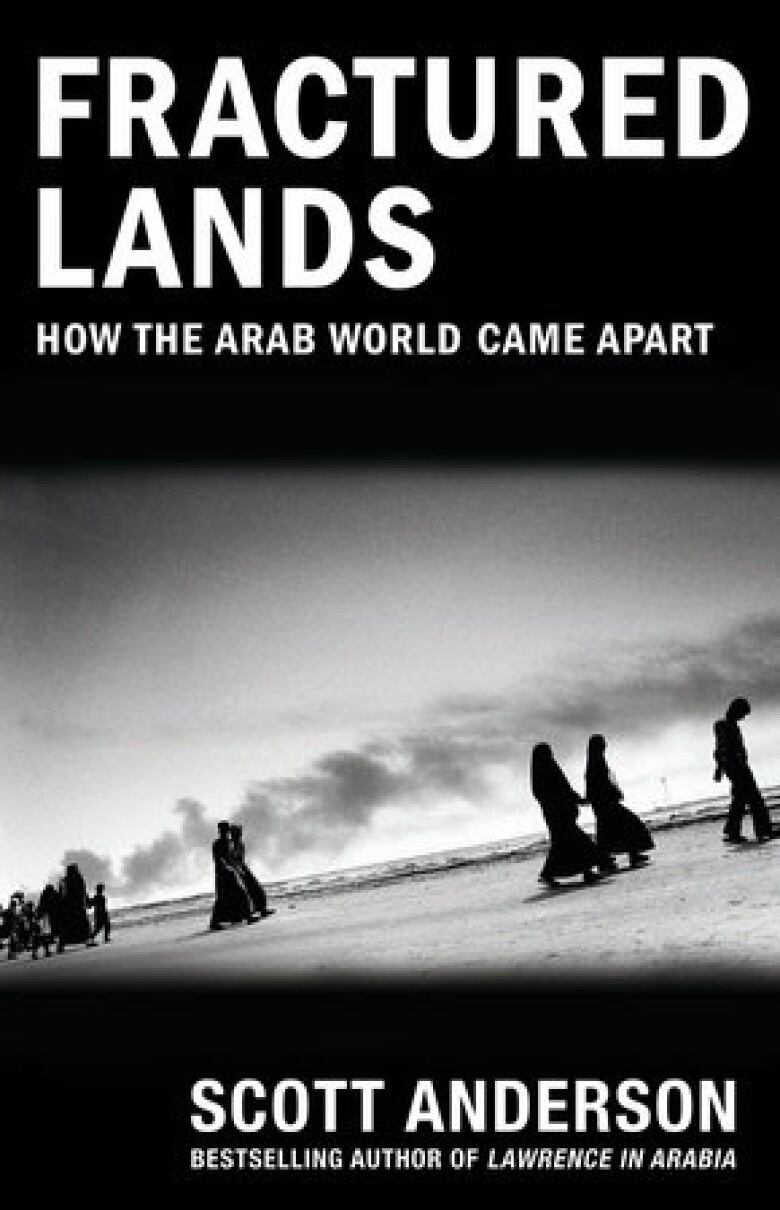War correspondent Scott Anderson explores why Arab Spring failed in new book

War correspondent Scott Anderson was initially enthusiastic when the Arab Spring began rolling across the Middle East in 2011. His interest in the region goes back decades, having first gone there in the mid-1980s.
"What I had always been struck by, especially in the Arab world, was this utter fossilization politically of the entire region," Anderson tells The Current's Anna Maria Tremonti.
"Nothing had happened there politically in decades."

"I knew the Assad regime would fight to the death," he says.
Anderson chronicles the years leading up to the Arab Spring, the actual revolutions and its aftermath in his new book Fractured Lands: How the Arab World Came Apart. The book looks at the Arab Spring through the lives of six people who lived through it.
But to truly understand the origins of the Arab Spring and why it failed, Anderson says you have to go back almost a century to how the Middle East was carved up by the victorious powers after the First World War.
"It's not a coincidence that if you look at the countries today that have so disintegrated ... that's Iraq, Syria and Libya — these are all artificial creations by the colonial powers," Anderson points out.
He believes the U.S. made a number of mistakes that led to the rise of ISIS, including leaving Iraq in 2011 without any plan for the country to fill that void — one that would lead to ISIS taking over much of the country.
Related: Interactive New York Times Feature
As for Syria, Anderson believes that Syrian President Bashar al-Assad has cut a deal with the extremist group ISIS to keep himself in power during this time of civil war.
"It's just perverse that he is presenting himself as this force for liberalism," says Anderson.
"But the more he can make it this choice between liberalism or secularism and Islamic fundamentalism, he wins."
Listen to the full conversation at the top of this web post.
This segment was produced by The Current's Howard Goldenthal.